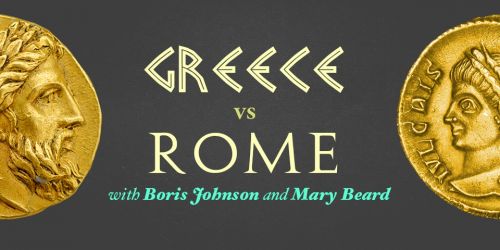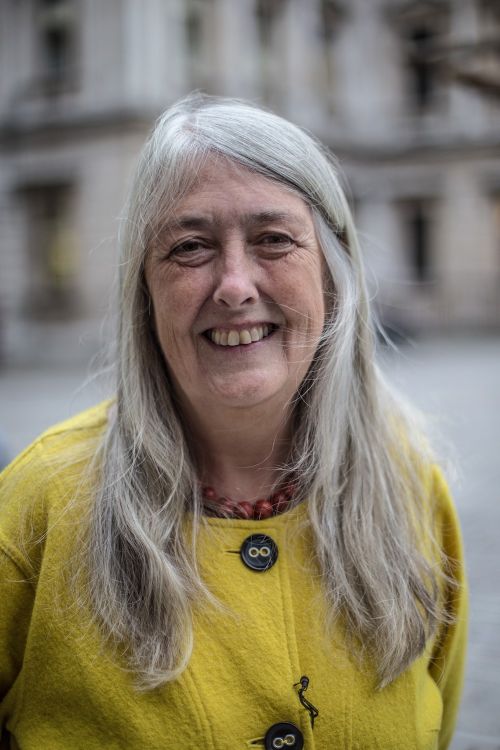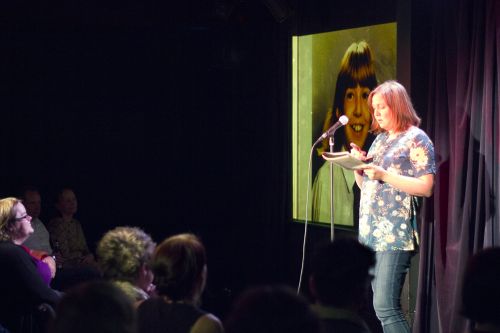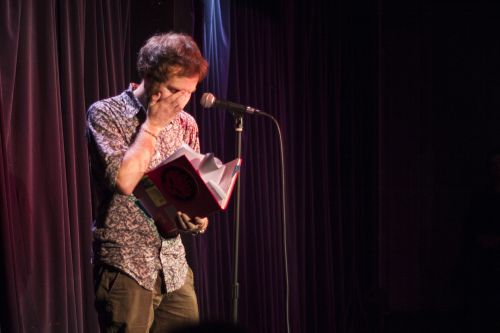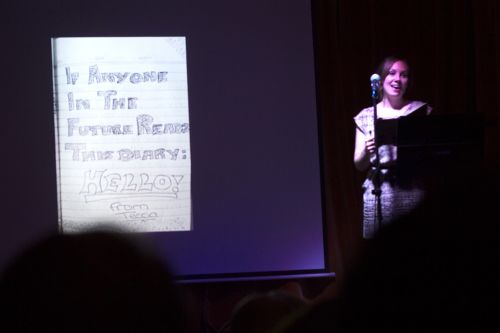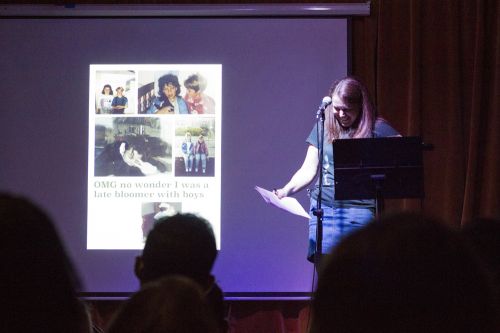In the final installment in our series Women on Wheels, Liz Seabrook spoke to Kat Jungnickel about riding - and racing - a penny farthing.
This interview was first published in Issue 26. You can buy the issue here or subscribe to Oh Comely here.
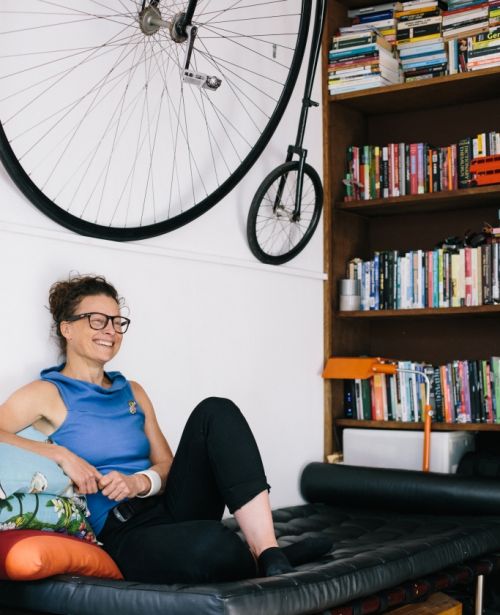
It’s quite something cycling through London behind a penny-farthing. People stare, smile, laugh, point and shout, and fellow cyclists ding their bells in unison. It’s quite the event. Perched on top of this penny-farthing is Kat Jungnickel. I met Kat three springs ago. I’d just moved to London and I had a commission from Bristol-based bike magazine, Boneshaker. Since taking her portrait one early summer morning on Brick Lane, I’ve bumped into Kat (and Penny) decked out in handmade period garb for the Tweed Run, racing in the Nocturne races at Smithfield and at various other cycling hotspots across the city. Naturally I wondered: how do you become a penny-farthing racer? For Kat, it all began at the age of nine with a step-through lemon Apollo, which was slightly too big and had a basket on the front.
“It was a classic first bike. I grew into it and grew out of it. I used to attempt BMX jumps on it, down in the local reserve,” she smiles mischievously as we chat in the sun in London’s Victoria Park. “I’d help the boys build the jumps, but I didn’t have a BMX. They wouldn’t let me ride theirs, so I would just try anyway. I didn’t break anything, but often ended up tangled in the sides of the jump. It was always great fun.”
Kat grew up in Newcastle, Australia, an industrial town some four hours north of Sydney. When I ask her whether there was a cycle culture when she was growing up, she looks perplexed, as if she’s never considered it before. This is interesting, as Kat has studied many cycle cultures in the UK for postdoctoral research. “Australia has a very car-dominated culture. It’s a rite of passage; when you were of age you swapped your bike for car. Cycling was how we got to school, how we played and how we’d get to the local pool.”
Seventeen years ago, Kat arrived in London to “have a look.” In my mind, to be the prolific cyclist that Kat is today, bikes must have always been part of her day-to-day existence. But this is not the case: “Arriving in London, I found the public transport system extraordinary. It actually worked so much better than it did in Australia. I remember one of my flatmates’ friends gave her a bike and it just sat in our hallway. No one touched it. Looking back it’s so funny that I didn’t recognise its potential for my life.”
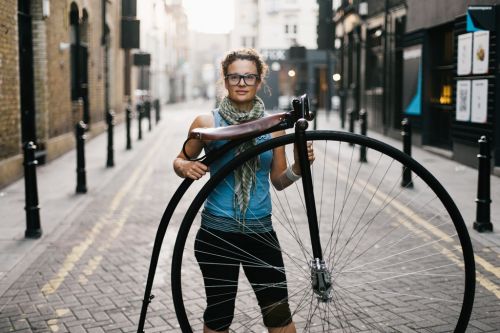
After a few years in the city, Kat returned to university. Campus was swarming with bicycles and cycling drifted back into Kat’s consciousness. Serendipitously, this awakening coincided with a friend leaving the London to return to his native Chicago to complete a post-doc. “He was giving away books, beans, rice, and his bike. It wasn’t anything extraordinary—a Specialized Hardrock steel bike—but he clearly had a special connection to it. This was his lemon Apollo. We agreed that I’d look after it for him on a sort of extended loan, along with his stinky helmet, old lock and some lights. I had everything I needed.”
They say you never forget how to ride a bike and to some extent that’s true, but you do forget how to balance. You forget how to ride with confidence and you forget how traffic moves. And at this point, Kat hadn’t ridden a bike in quite some time. “I cycled from his house in Clapton back into town, and it was terrifying! I couldn’t take a hand off the handlebars to indicate and I did a few Flintstones stops, but I was absolutely exhilarated. I couldn’t believe the high that I had from that cycle home. I felt I was flying like the wind—I remember going past buses and thinking I was superhuman. I just couldn’t get the smile off my face.”
For five years Kat and this slightly-too-big bike were firm friends, commuting, touring the Outer Hebrides and riding all the way from Hackney to Bilbao. Then, it was polished up and shipped back to the US with a courier that cost far more than the bike’s monetary value.
A few years later, Kat found herself back in Australia working on a PhD researching DIY technologies. One day, she found a flyer attached to her bike inviting her to a ‘tall bike jousting’ event. “I turned up at the Arena of Scrapey, a car park with very uneven asphalt, and it was madness. People had hand-built rubbish bicycles: very tall ones, very long ones, crazy choppers and a few penny-farthings. There was huge music, lots of drinking and I felt like I had found my people. A person with a penny let me ride it. I had my foot on the step and hand on the handlebars, and I remember thinking it was interesting but mainly just a massively ridiculous bicycle. Then I got on it, and realised I needed one.”
When I ask why, she simply asks if I’ve ever ridden one. I shake my head, secretly hoping she’ll offer me a go. “It’s a completely different feeling. There’s something incredibly beautiful about riding it. You find yourself engaging differently with the landscape in which you’re riding. You have to think about speed bumps, potholes, low-hanging trees and how to get off. Every bike is a different experience, but the penny just shifts everything again.”
One day in 2007, Kat picked her penny up from an airport in Adelaide. “Some friends put it together in the car park, which is where I took my first significant tumble, trying to get off to the side like a normal bike. My feet got caught in the spokes and I fell head first into a hedge.” A year later, Kat was back in Tasmania at the Australian penny championships; in her first ever penny race she placed second.
Since acquiring Penny, Kat has continued to race, ridden through the Peak District and fallen into several more hedges. Only once has she achieved what is known as an ‘imperial crowner’, where front wheel stops dead and the rest of the bike pitches over the front. “I had a jumper around my waist and it went into the wheel. I ended up face-planting with my legs caught in the wheel, stuck vertically.”
When I ask what’s next, that glimmer of mischief returns to her face and I’m suddenly looking into the face of a curly-haired nine-year-old, tangled in the frame of a lemon Apollo. She points to a long scar down the length of her shin, “I did that jumping off the jetty into a lake last year on my friend’s BMX, so I decided to get some tuition.” At 42 years old, Kat has just begun BMX lessons.
Read more in this series: Lois Pendlebury Rides a Skateboard; Meg Peplowen Rides a Mobility Scooter; Pam Prescod Drives a Bus; Stefanie Mainey Competes on Roller Skates.




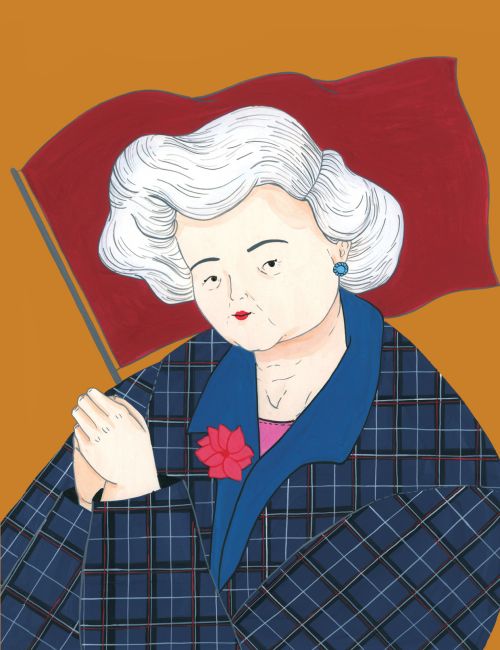
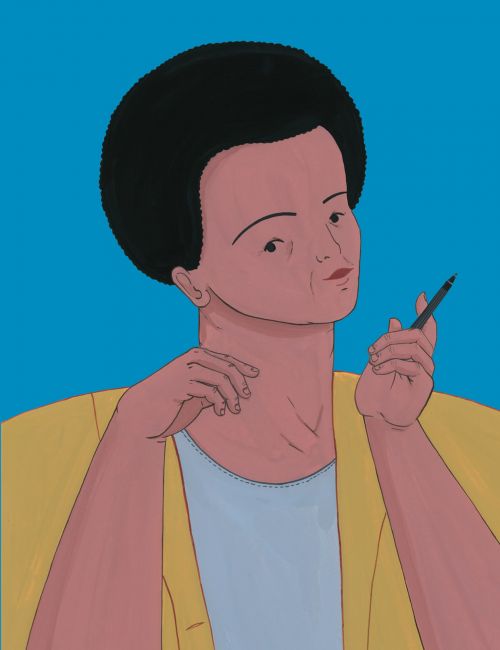
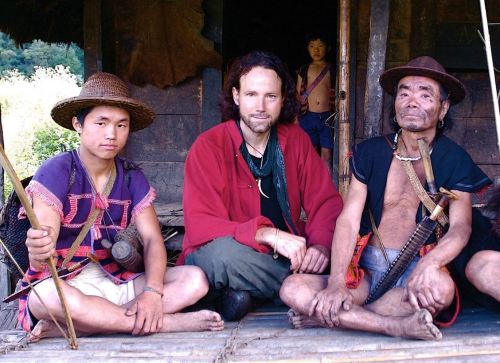
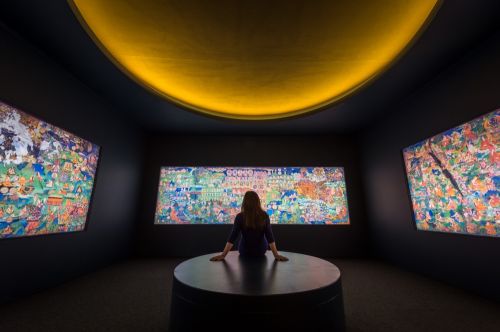 The exhibition explores the concept of hidden lands. How would you describe them to readers who may be unfamiliar with the concept?
The exhibition explores the concept of hidden lands. How would you describe them to readers who may be unfamiliar with the concept?